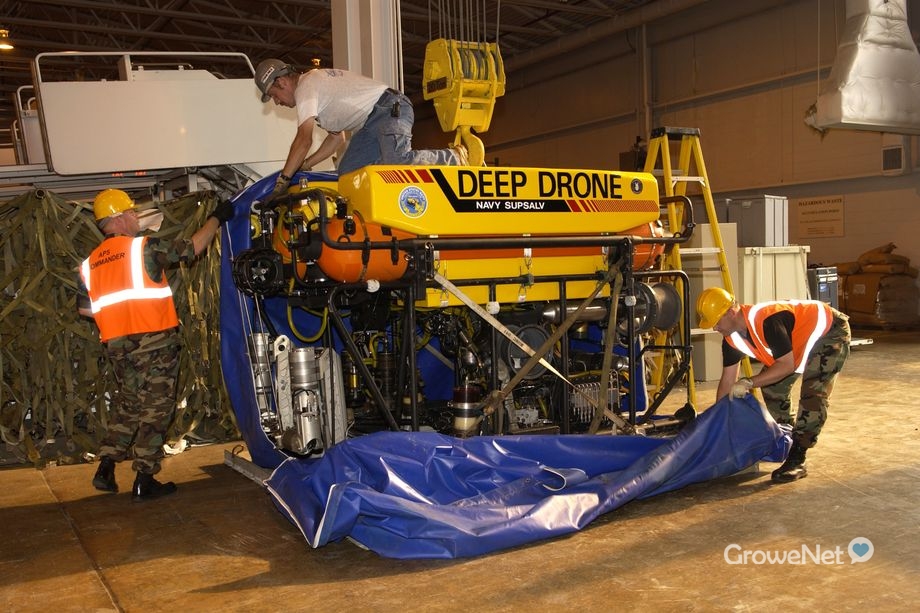China just seized a US Navy drone, escalating tensions
/cdn1.vox-cdn.com/uploads/chorus_image/image/52328499/53331687.0.jpeg)
News broke today that a Chinese warship had seized an underwater drone belonging to the US Navy. The move is sure to escalate tensions around the South China Sea, a contested area where China has increasingly been flexing its muscle. We cover a lot of drones at The Verge, but they are typically small, consumer-facing aircraft that would be very unhappy if you got them wet.
So what is an underwater drone? It’s basically a miniature submarine without any people inside. Because it’s much harder to send radio signals through water than air, these drones are typically not operated by remote control. They are completely autonomous, navigating with onboard computers and sensors.
The drone China seized was launched from an oceanographic research vessel, the US Bowditch. Crew members were manually recovering two drones from the ocean’s surface when a Chinese warship that had been shadowing them swooped in and collected one. The Pentagon has demanded its return.
According to Military.com, the US Navy deployed underwater drones from submarines for the first time at the end of 2015. “Now you are talking about a submarine [commanding officer] who can essentially be in two places at the same time — with a UUV [unmanned underwater vehicle] out deployed which can do dull, dirty and dangerous type missions. This allows the submarine to be doing something else at the same time,” Rear Adm. Joseph Tofalo told Military.com.
The underwater drones used by the military are similar to commercial units that have been used by oil companies for underwater exploration and by emergency services for search and rescue. The Navy used a Bluefin-21 to search for wreckage of Malaysia Airlines Flight 370, descending to 5,000 feet to scour the ocean floor.
“We’re using commercial off-the-shelf technologies to do real world missions for the combatant commander,” Tofalo told Military.com. “The sensors are similar to the sensors that the oil and gas industry might use. They might be surveying where their oil pipes are, whereas we might want to be looking for a mine field.”
Underwater drones have been in operation since the 1950s, and there are over 250 different configurations in service today, according to the Bard Center for Study of the Drone. The Navy has been expanding its investment in this area recently, and named its first assistant secretary for Unmanned Systems in November 2015.











![2016法国巴黎 [埃菲尔铁塔] color run开跑!!](https://www.growenet.com/wp-content/uploads/2016/04/colorrun-1-90x60.jpg)
![2016法国巴黎 [埃菲尔铁塔] color run开跑!!](https://www.growenet.com/wp-content/uploads/2016/04/colorrun-1.jpg)

